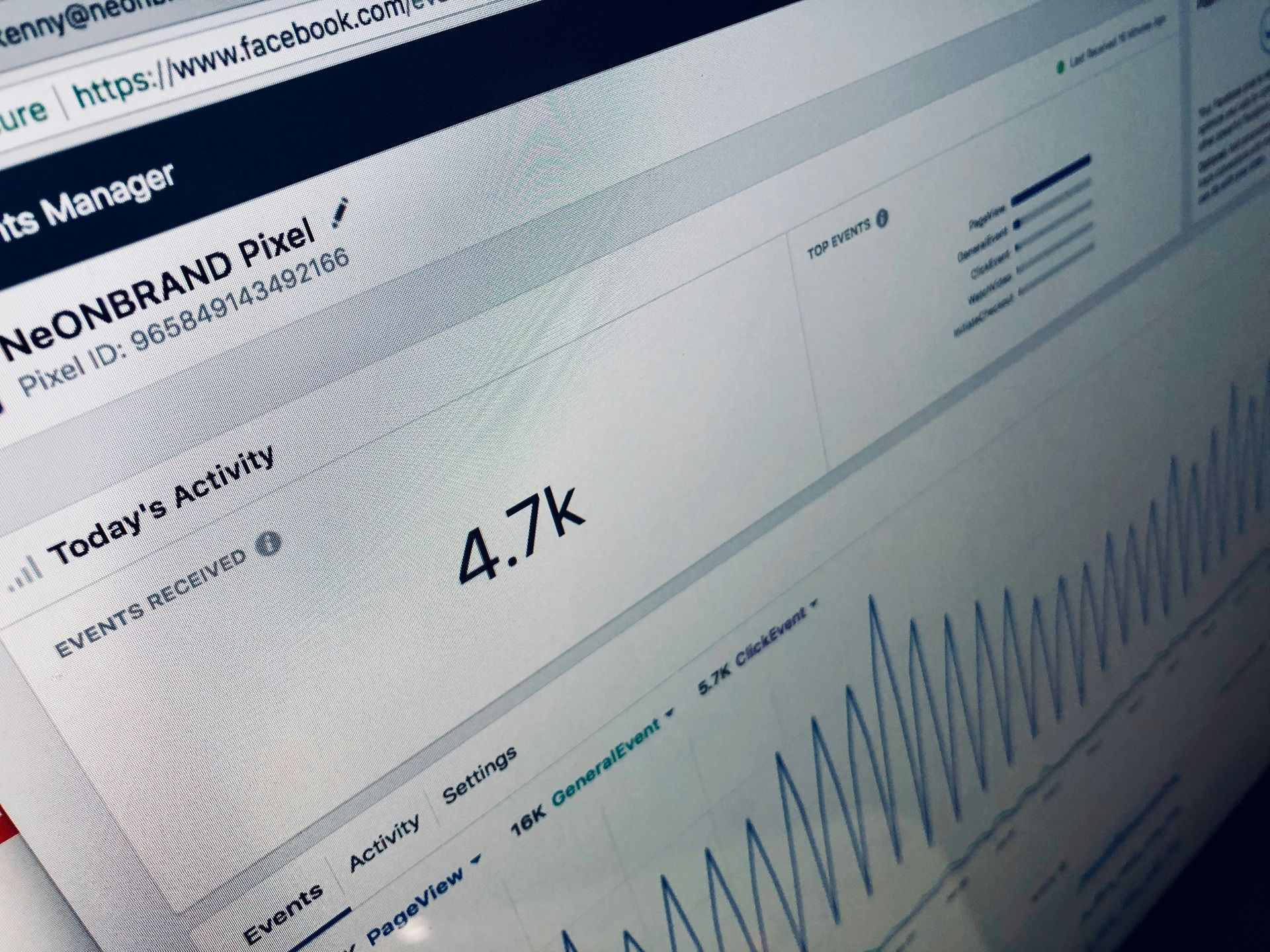Are Your Social Media Image Sizes Hurting Your Ad ROI? Here’s What the Data Says
Introduction
In the ever-competitive landscape of social media marketing, getting your ad noticed is only half the battle. The rest comes down to conversions, return on investment (ROI), and ultimately, whether your ad creative — particularly image sizes — meets platform and user expectations. Many marketers overlook a fundamental but critical factor: image dimensions and aspect ratios.
This article explores whether incorrect or suboptimal image sizes are quietly sabotaging your social media ad performance, and what the data really shows. It also introduces how brands can use Marketing Mix Modeling (MMM) to objectively measure the creative variable's real-world impact on business outcomes.
Why Image Sizes Matter in Social Media Advertising
Optimizing your image sizes isn't just about aesthetics — it's about performance.
- According to Meta for Business, ads with properly sized images get up to 34% more engagement than those with poorly sized visuals [Meta, 2022].
- HubSpot notes that platform-specific formatting is critical, especially in mobile-first environments where more than 90% of social media usage happens on smartphones [HubSpot, 2023].
Incorrect sizes can lead to:
- Cropped text or visuals
- Blurry or pixelated images
- Poor alignment with platform layout (e.g., Instagram vs LinkedIn)
These factors negatively affect brand perception, click-through rates (CTR), and ultimately ad ROI.

Common Mistakes Marketers Make With Social Media Image Sizes
Despite many guides online, marketers still commit a range of image formatting sins:
- Uploading one-size-fits-all creatives across platforms
- Ignoring new specs after platform updates
- Relying too much on automated resizing, which may distort visuals
Research by Social Media Examiner (2023) indicates that 45% of small businesses reuse the same creative across platforms — a shortcut that may be harming performance more than helping.
Does Image Size Really Affect ROI? Here’s What the Data Shows
Let’s look at some data-backed insights:
- Canva’s internal ad tests found that properly formatted image ads had 22% lower cost-per-click (CPC) than improperly sized ones across Facebook and Instagram [Canva, 2025].
- In a study by AdEspresso, ads using the exact recommended size (1,200 x 628 px for link clicks on Facebook) yielded 15–30% higher conversion rates than the default 1080 x 1080 size.
Meta’s own Ads Creative Report states that creative quality (which includes sizing and clarity) is the #1 driver of campaign success, outweighing audience targeting and even budget decisions in some tests.

Social Media Image Size Cheat Sheet (2025 Updated)
| Platform | Format | Recommended | Aspect Ratio |
| Feed Image | 1,200 x 628 px | 1.91:1 | |
| Feed Post | 1,080 x 1,350 px | 4:5 | |
| Sponsored Content | 1,200 x 627 px | 1.91:1 | |
| X (Twitter) | Image Post | 1,200 x 675 px | 16:9 |
| TikTok | Video Thumbnail | 1,080 x 1,920 px | 9:16 |
| YouTube | Thumbnail | 1,280 x 720 px | 16:9 |
Missing these specs may result in truncation, reduced visibility, or even ad rejection.
Using MMM to Quantify Creative Impact: What Actually Moves the Needle
Marketing Mix Modelling (MMM) allows marketers to statistically isolate the impact of each element of their marketing — including creative quality and format — on actual sales or conversions.
What MMM Measures
- Media channel contributions
- Creative format differences (e.g., square vs vertical vs landscape)
- Frequency and timing effects
- Platform and placement effectiveness
More Than Data, an MMM provider, has worked with clients to analyze creative variants using MMM frameworks. One campaign across Instagram Feed vs Instagram Stories showed that square 1:1 creative underperformed vertical (9:16) formats by nearly 25% ROI, primarily due to poor use of screen real estate.

Case Study Summary
- Same budget, audience, and copy
- Only difference: image ratio
- Outcome: 9:16 format delivered 28% higher conversion-to-purchase rate
Why Meta Dashboard Isn’t Enough to Measure Real Impact
The Meta Ads dashboard is helpful, but it's not designed to give full-funnel ROI insights.
- It often uses last-click attribution
- Doesn't account for external variables like seasonality, price promotions, competitor actions
- Doesn’t include offline sales, which is critical for retail and pharma
That’s where MMM comes in. MMM provides an objective, holistic view that integrates all touchpoints and removes bias from platform-owned analytics.
According to BCG [Boston Consulting Group, 2025], brands using advanced measurement (like MMM) saw 20–30% better media efficiency than those relying solely on platform dashboards.
Best Practices to Align Image Sizes With Ad Performance Goals
To ensure your image sizes are working for your ROI and not against it:
- Follow platform specs religiously — they’re optimized for visibility
- Use A/B tests — test creative sizes (1:1 vs 4:5 vs 16:9) to see what drives performance
- Automate with caution — creative automation tools may compress or crop improperly
- Incorporate MMM insights — to measure if larger formats, higher resolution, or native dimensions actually lift sales
- Keep updating templates — platforms regularly change their recommended formats

Conclusion: Size Isn’t Everything — But It Matters More Than You Think
In a world of ever-tightening ad budgets and increased competition, marketers can’t afford to overlook the basics. Proper image sizing isn’t just a creative detail — it’s a data-backed lever for improving ROI.
While Meta’s native insights are useful, objective, platform-independent measurement like Marketing Mix Modelling is key to truly understanding whether your image creative is driving outcomes — or just impressions.
